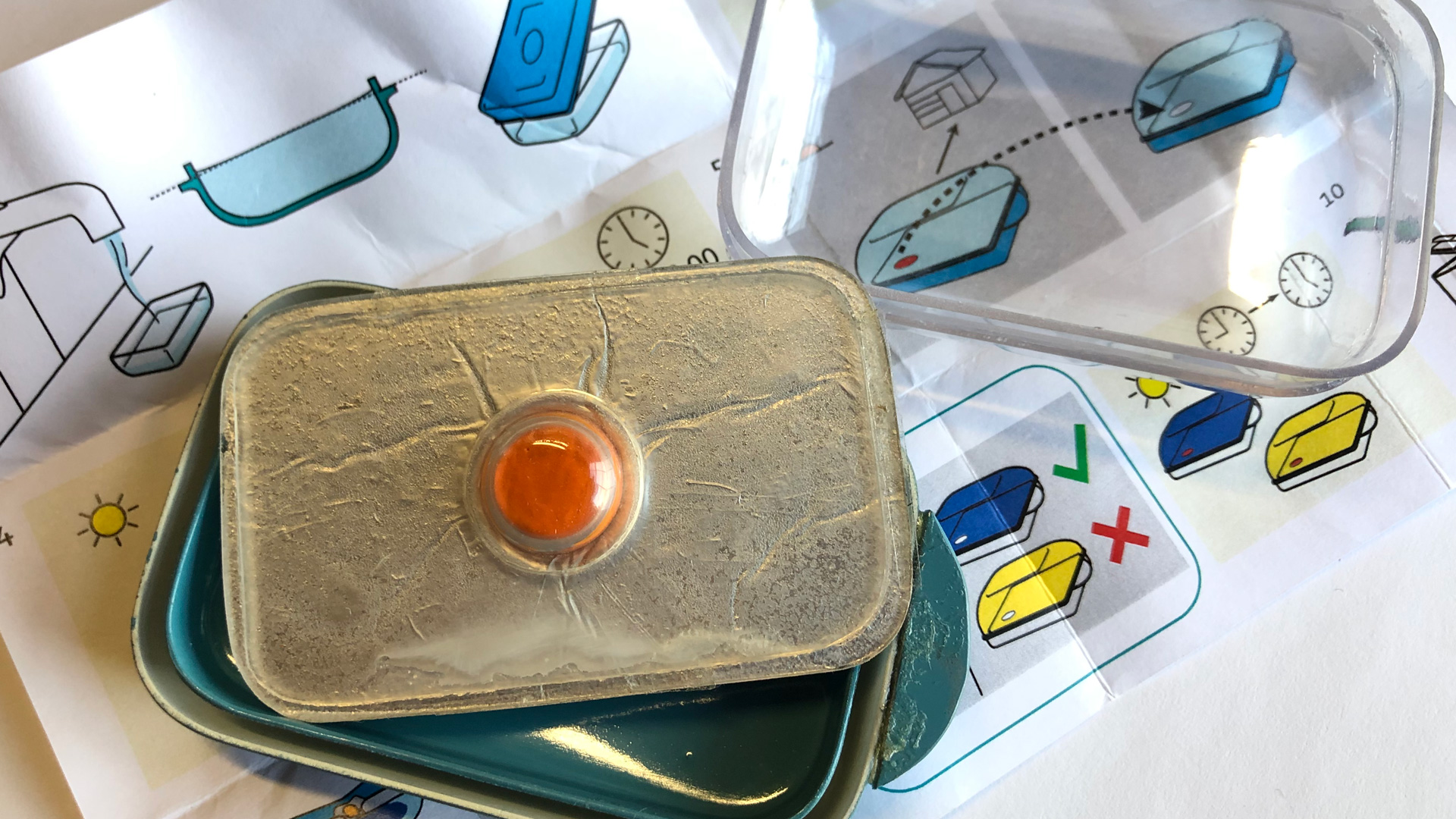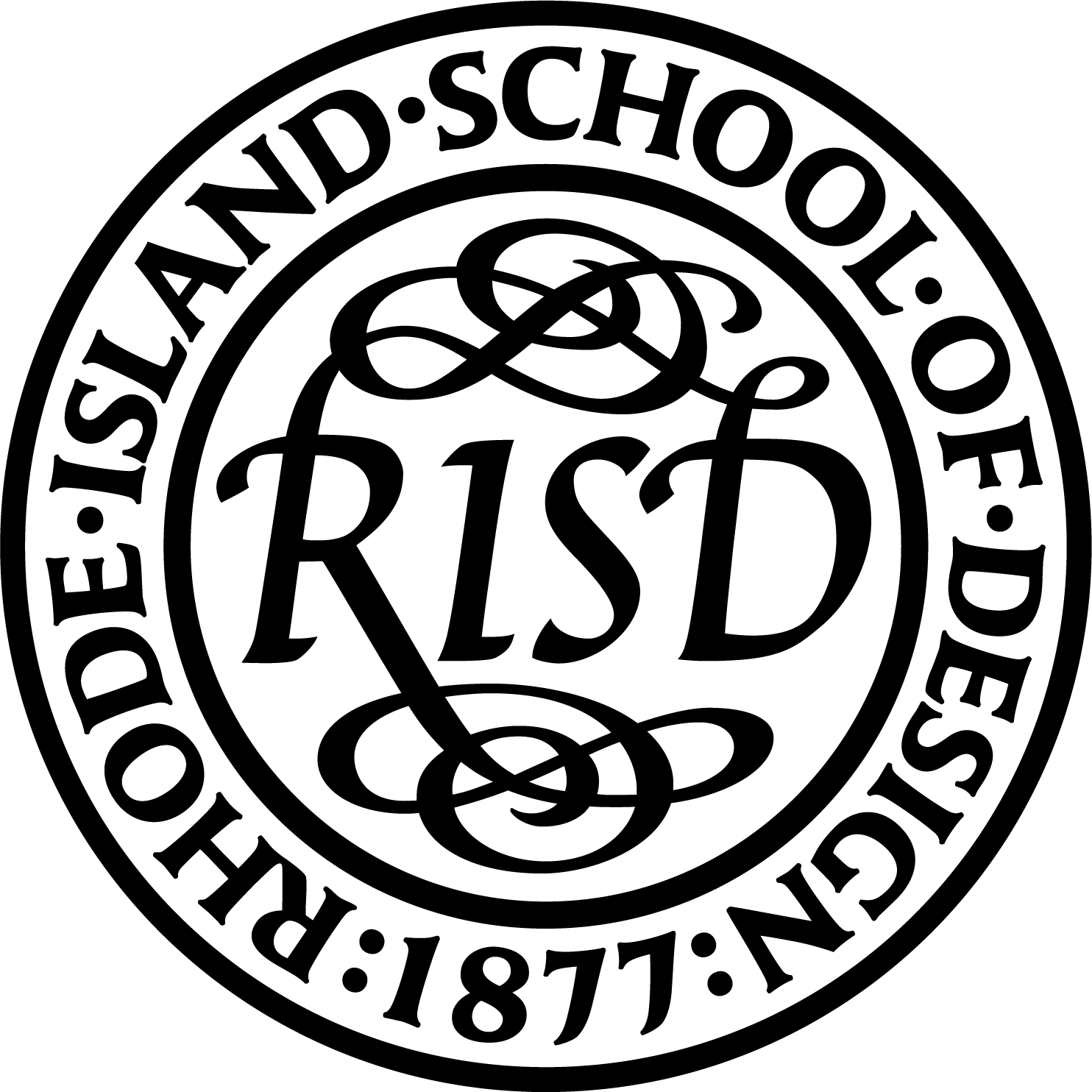The SYNBIO Sensor

Gene Team G (Guanine): Jun An, Roselia Choi, Ji Lee, Jung Hwan
︎︎︎ Team Project PDF

Gene Team A (Adenine): Laila Aukee, Jon Eng, Maya Shanker, Alex Epstein
︎︎︎ Team Project PDF

Gene Team C (Cytosine): Colette Bazirgan, Gavin Engel, Justine Jividen, Megan Yuen
︎︎︎ Team Project PDF

Gene Team T (Thymine): Dahan Chung, Erin Knowlton, Ananya Tantia, Jacob Garcia
︎︎︎ Team Project PDF
︎ Creators: J. An, L. Aukee, C. Bazirgan, R. Choi, D. Chung, J. Eng, G. Engel, A.
Epstein, J. Garcia, J. Hwan, J. Jividen, E. Knowlton, J. Lee, M. Shanker, A.
Tantia, M. Yuen
︎ Supervisor: Peter Yeadon
︎ Partners: Lumin, The Wilson Center, University of Edinburgh
In the early 2010s, four design teams worked on the SYNBIO Sensor project, which aimed to create a device that can detect low levels of arsenic in drinking water. Each team designed and developed their own distinct device, however, the primary technology for the sensors was consistent. It was based on earlier work performed at the University of Edinburgh, UK, which involved the creation of self-replicating microorganisms that cause a water sample to change color in response to the target agent (i.e., arsenic).
The SYNBIO Sensor uses a genetically modified organism (GMO), a particular strain of Escherichia coli bacteria, as a functionalized component of the arsenic biosensor. A concentration of arsenic in water causes the GMO to break down lactose. This E. coli response changes the pH of the water that surrounds it, increasing the acidity of the solution and causing a bromothymol blue additive to change color, from blue to yellow, signaling the presence of arsenic in the water sample.
Two versions of microorganisms were developed for the biosensors that could be used in water testing kits: JM109 (a standard E. coli lab strain) and rE. coli (engineered by the George Church Research Group at Harvard University). However, rE. coli bacteria was the preferred strain for the SYNBIO Sensor project, as this GMO had been engineered so that it limits the chances of genetic material being transmitted to other species, reducing the possibility of hybrid organisms being created unintentionally. Engineered strains would not correctly interpret DNA from wild species, and wild species would not correctly interpret DNA from engineered strains.
The challenge for each team was to design an inexpensive water testing kit that uses the GMO biosensor technology described above. In the early 2010s, the United Nations estimated that more than 800 million people lived without access to clean water, and more than 2 million people perished each year because of illness linked to unsafe water. Access to clean drinking water is a basic human right under Article 11 of the U.N. Covenant on Economic, Social and Cultural Rights, but providing an abundance of clean water remains a challenge for all regions of the planet.
Although the teams gathered water quality data from various nations, to understand the scope of the problem, the study mainly considered how the devices might be implemented in Bangladesh, where tens of millions of residents are exposed to unsafe levels of arsenic in drinking water. The teams met with researchers and consultants that were interested in advancing the designed devices toward implementation in Bangladesh, and elsewhere.
While developing each design, the teams considered a number of important issues. It was important for team members to become familiar with water quality problems in various regions, especially Bangladesh, to understand the scope of the problem that their design addresses. This includes an understanding of the regulations and practices surrounding current well water testing programs.
Additionally, each team had to consider how the device can deliver accurate results, yet be relatively inexpensive in comparison to existing devices. It was also important to consider how an untrained person can easily operate the device. The way in which one utilizes the product had to be self-evident; no text-based explanatory instructions were permitted.
Each team also had to understand the limits of their means, which presented certain design constraints. For example, the E. coli reaction to arsenic is irreversible; therefore, the water test kit can only be used once. It cannot be reused. Hence, proper disposal must be considered in each design. It was also assumed that the GMO might be released into the environment (soil and water) during disposal, so the GMO had been engineered to limit horizontal genetic exchange and the microbe had to be destroyed following a test.
︎ Supervisor: Peter Yeadon
︎ Partners: Lumin, The Wilson Center, University of Edinburgh
In the early 2010s, four design teams worked on the SYNBIO Sensor project, which aimed to create a device that can detect low levels of arsenic in drinking water. Each team designed and developed their own distinct device, however, the primary technology for the sensors was consistent. It was based on earlier work performed at the University of Edinburgh, UK, which involved the creation of self-replicating microorganisms that cause a water sample to change color in response to the target agent (i.e., arsenic).
The SYNBIO Sensor uses a genetically modified organism (GMO), a particular strain of Escherichia coli bacteria, as a functionalized component of the arsenic biosensor. A concentration of arsenic in water causes the GMO to break down lactose. This E. coli response changes the pH of the water that surrounds it, increasing the acidity of the solution and causing a bromothymol blue additive to change color, from blue to yellow, signaling the presence of arsenic in the water sample.
Two versions of microorganisms were developed for the biosensors that could be used in water testing kits: JM109 (a standard E. coli lab strain) and rE. coli (engineered by the George Church Research Group at Harvard University). However, rE. coli bacteria was the preferred strain for the SYNBIO Sensor project, as this GMO had been engineered so that it limits the chances of genetic material being transmitted to other species, reducing the possibility of hybrid organisms being created unintentionally. Engineered strains would not correctly interpret DNA from wild species, and wild species would not correctly interpret DNA from engineered strains.
The challenge for each team was to design an inexpensive water testing kit that uses the GMO biosensor technology described above. In the early 2010s, the United Nations estimated that more than 800 million people lived without access to clean water, and more than 2 million people perished each year because of illness linked to unsafe water. Access to clean drinking water is a basic human right under Article 11 of the U.N. Covenant on Economic, Social and Cultural Rights, but providing an abundance of clean water remains a challenge for all regions of the planet.
Although the teams gathered water quality data from various nations, to understand the scope of the problem, the study mainly considered how the devices might be implemented in Bangladesh, where tens of millions of residents are exposed to unsafe levels of arsenic in drinking water. The teams met with researchers and consultants that were interested in advancing the designed devices toward implementation in Bangladesh, and elsewhere.
While developing each design, the teams considered a number of important issues. It was important for team members to become familiar with water quality problems in various regions, especially Bangladesh, to understand the scope of the problem that their design addresses. This includes an understanding of the regulations and practices surrounding current well water testing programs.
Additionally, each team had to consider how the device can deliver accurate results, yet be relatively inexpensive in comparison to existing devices. It was also important to consider how an untrained person can easily operate the device. The way in which one utilizes the product had to be self-evident; no text-based explanatory instructions were permitted.
Each team also had to understand the limits of their means, which presented certain design constraints. For example, the E. coli reaction to arsenic is irreversible; therefore, the water test kit can only be used once. It cannot be reused. Hence, proper disposal must be considered in each design. It was also assumed that the GMO might be released into the environment (soil and water) during disposal, so the GMO had been engineered to limit horizontal genetic exchange and the microbe had to be destroyed following a test.
